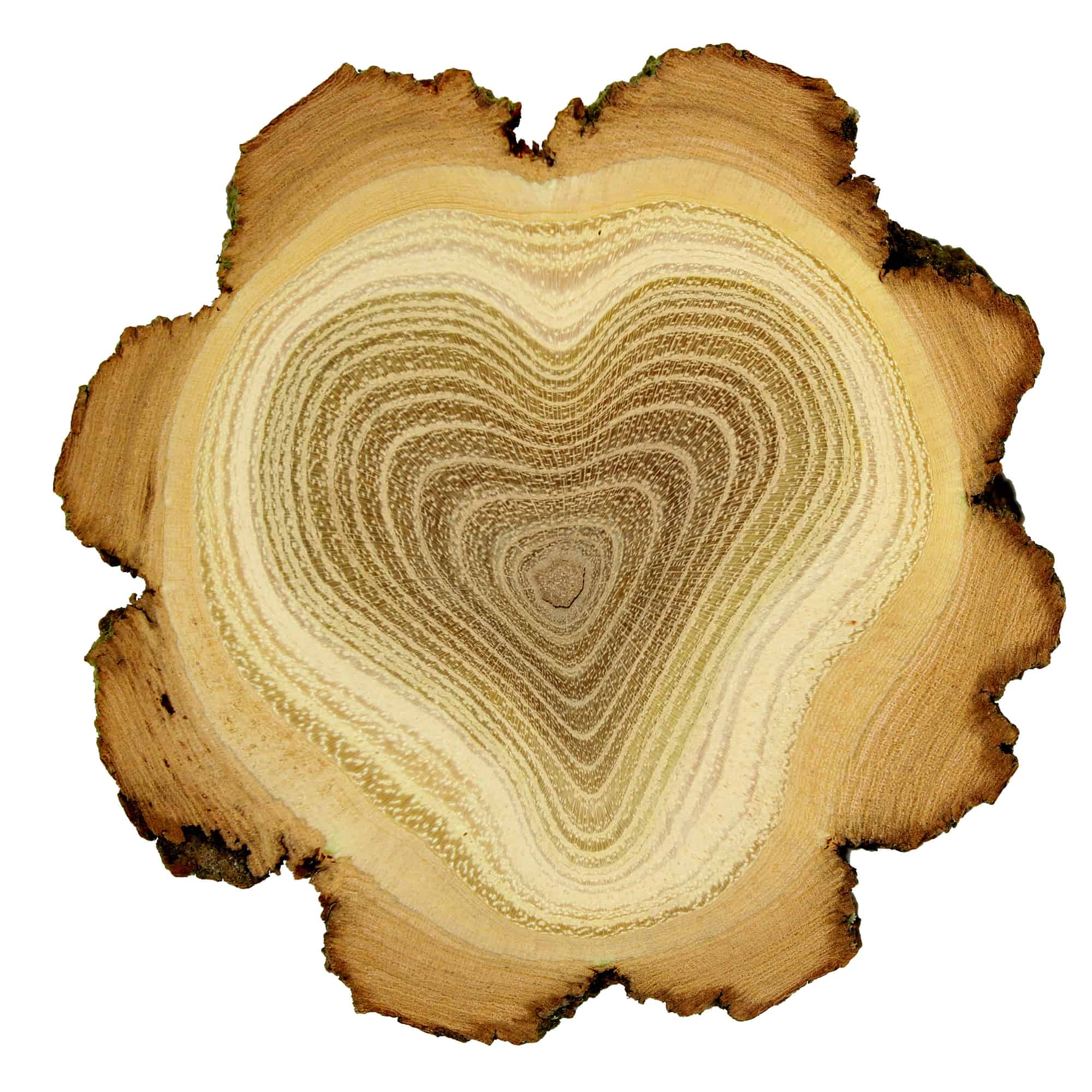Acacia wood is a powerhouse in the furniture world. This wood is durable, beautiful, and will truly last a lifetime. I’ve covered this before — acacia wood makes fantastic outdoor furniture!
However, everything has pros and cons.
In this article, I’ll share some disadvantages of using acacia wood for furniture.
The disadvantages of using acacia wood for furniture are mainly circumstantial — some people might find things problematic; others may not. However, acacia wood is sensitive to extreme temperature and sunlight, requiring more optional maintenance than other materials.
Not every disadvantage I list will be a disadvantage for you. With that said, after I cover some of the “universal” disadvantages of acacia wood, I will go over some of the more circumstantial issues. You might as well know what you’re taking on!
Please keep reading for a fuller deep dive, and let’s explore this together.
- Acacia wood is sensitive to temperature.
- It requires some maintenance.
- Acacia wood has an irregular grain structure with many knots.
- Buying acacia wood furniture tends to be expensive.
- Acacia wood is heavy and dense.
Let me explain each point in more detail.
1. Acacia Wood is Sensitive to Temperature
Acacia furniture will not do well when placed close to an extreme heat source. The source could be a fireplace, a heater, or even direct sunlight. The results end up being disastrous!
You see, when you expose acacia wood to direct heat, the wood often cracks or bows.
In general, acacia is an extraordinarily durable wood; however, too much head can slowly break down the fibers, causing the wood to be brittle.
The Fix: To prevent this issue, you want to rotate any outdoor furniture every few weeks, ensuring that one area doesn’t overexpose. For indoor furniture, be mindful of heater vents and the furniture’s proximity to sunny areas.
2. Acacia Wood Requires Maintenance
Acacia wood is not overly demanding. With that said, the wood’s color can begin to fade to a greyish tone after a while. You placed acacia wood furniture in your home for its rich beauty, so you’ll want to combat this greying.
The Fix: Figure out the type of finish used on your furniture, and then research how to maintain that finish. It may be that it just needs a periodic coating with some oil, like linseed (this one and this one are both very good!).
3. Acacia Wood has Irregular Grain Structures
Irregular grain structure is one of the aforementioned circumstantial cons. Many people love the twists and knots in the wood; however, the grain structure does not have universal appeal.
The irregularities in the grain mean that acacia wood can have an unpredictable design. This unpredictability is problematic if you already have an established “look” in your home that you don’t want to disturb.
Additionally, if you’re constructing the furniture yourself, then you’ll find the wood a bit more challenging to work with than native American hardwoods.
4. Acacia Wood is Expensive
Expense is relative to your budget. You may have seen some places that say acacia wood is “affordable.” So what’s the answer?
Here’s the most honest way I can put it.
Compared to other exotic hardwoods, like mahogany and rosewood, acacia is considered an affordable option. If you’re already in the exotic market, then the cost might not be a disadvantage. However, if you’re comparing acacia wood to American hardwoods — like maple and oak — then you can expect to pay more for acacia.
Of course, I have to speak about prices in general terms because they can vary significantly based on the specific species of acacia, the woodcut, and where you live. If you’d like a better idea, I’d encourage you to browse some acacia wood patio sets yourself using this link (affiliate).
5. Solid Acacia Wood is Heavy and Hard
The weight and density are also potential disadvantages. While some people love a heavy piece of furniture, others might want a chair or table that is easier to move around their home.
It’s often desirable for outdoor purposes to have lighter furniture that is quickly brought inside and stored for the winter. Of course, not in windy places where the table may take flight! In fact, if this matches your situation, I’ve written substantially on how to deal with windy patios!
As you likely know, acacia wood is more durable than oak, hickory, and maple wood. For many people, this is a gigantic boon. Naturally, increased durability means that the furniture will last a long time and be resistant to everyday wear and tear.
How could this possibly be a con?
The downside comes in if your acacia furniture were to be scratched. Because of the durability and density, it would be difficult to remove the blemish. Additionally, if you move your patio furniture often this will become a major (potentially literal) pain in the neck.
Conclusion
A con I didn’t mention is that people misspell the term all the time. I’ve seen acadia wood, acaia wood, acasia wood, acai wood — you name it, and it’s probably been commented here.
But jokes aside, acacia is a great wood for your furniture. However, like everything, acacia has a few disadvantages. You’ll need to watch the sunlight and heat sources around your furniture. Also, this wood may need to be oiled from time to time.
Of course, there are some relative problems as well. Due to its exotic status and many benefits, acacia wood is more expensive than typical American hardwoods. Also, with acacia furniture, you’re dealing with heavy and dense wood.
So, that’s some of the downsides of acacia wood. You may not be bothered by any of these issues. Pros and cons change with each situation, but it always pays to be as informed as possible.
Did you know that Acacia wood isn’t the only wood we’ve discussed? We also covered the disadvantages of a host of other wood.

